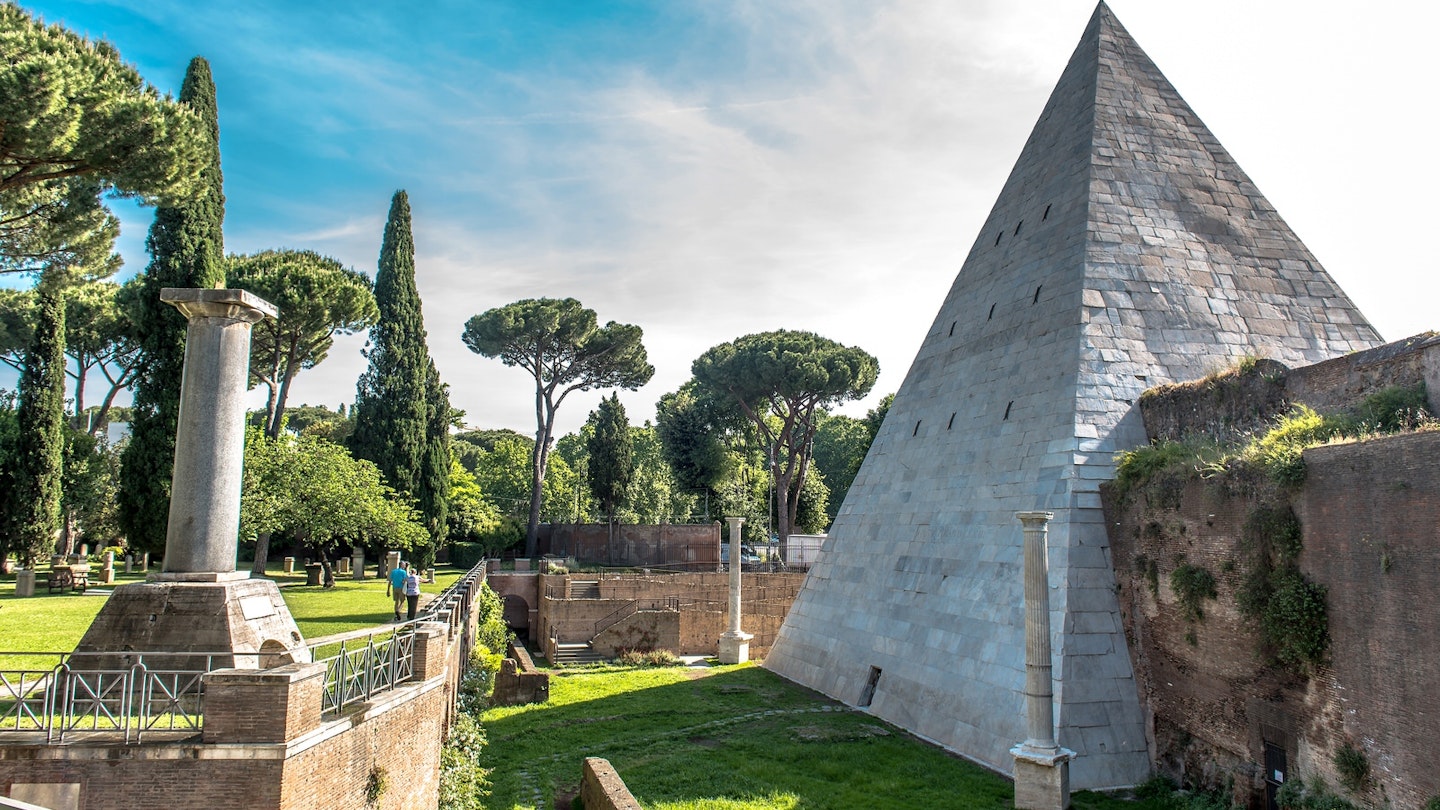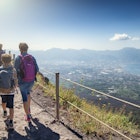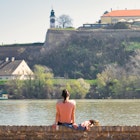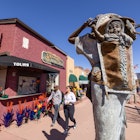A language nerd at heart, Lonely Planet Local Alexandra Bruzzese first packed her bags and set off for the Eternal City to fulfil her childhood ambition of mastering Italian. Five years and many grammar mistakes later, she finds herself fluent in Italian and blissfully still in Rome (mainly because of the pasta, amatriciana in particular).

When I have friends in town... I whisk them away from the the tourist mobs to off-the-beaten-path neighbourhood Testaccio. It’s home to the striking Piramide di Caio Cestio and the Non-Catholic Cemetery, where Romantic poet John Keats is buried. We also stop by at Nuovo Mercato di Testaccio, a bustling farmer’s market that hosts a mix of historic vendors (look for married couple Lina and Enzo, who have been running their deli for over four decades) and newer additions, like street-food stand Foodbox. I always make sure to point out Monte Testaccio, an ancient hill composed entirely of shards of discarded Roman amphorae.
Before you visit Rome... be sure to pre-book your ticket for the Galleria Borghese. Without a reservation, you won’t be allowed inside to see priceless masterpieces by Bernini and Caravaggio. I’d also recommend downloading an app like Duolingo to learn some basic Italian greetings and phrases. Romans generally do okay with English, but they will be absolutely charmed at your enthusiasm. Order your meal in italiano at the local osteria and you may even find yourself rewarded with a free glass of limoncello.

The best meal I ever had was... at trattoria Da Enzo in the Trastevere neighbourhood. I celebrated my 25th birthday here with a starter of dreamy burrata (mozzarella mixed with cream), rigatoni all’amatriciana pasta and whipped mascarpone dotted with baby strawberries for dessert. If you’re planning on dining at Da Enzo, make sure to book a table for 7.30pm, the only time they take reservations. If you arrive later, be prepared to join the mosh pit-like crowd huddled around the entrance, craving the eatery’s beloved dishes.
One thing I hate about Rome is... August in the city. It’s sweltering and humid, and air conditioning is hard to come by: Romans believe alternating between hot and cold temperatures can induce sore throats, headaches, the flu and the mysterious cervicale, a distinctly Italian ailment where the bones of the neck are said to uncomfortably tighten. Plus, most quality restaurants and stores are closed. I always advise friends to visit in May or June instead.
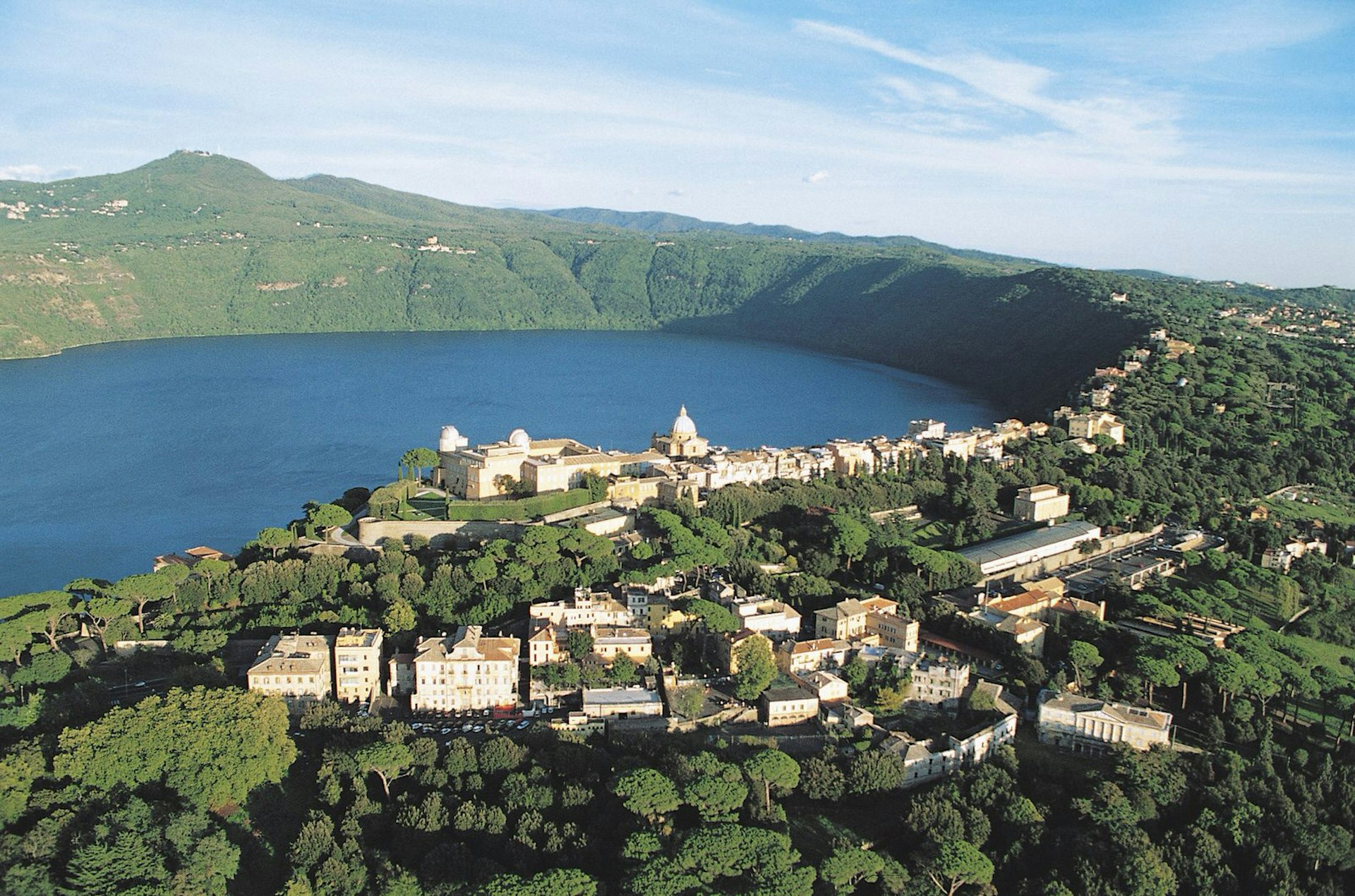
When I want to get out of the city... I head to the Castelli Romani, a collection of 13 towns and villages scattered along the Alban Hills southeast of Rome. Romans have been flocking here since ancient times for a relaxing dose of the countryside. Baroque village Ariccia reigns supreme for its fraschette, rustic taverns that treat you to a feast of cheeses, olives, porchetta (slow-roasted pork) and classic Roman dishes. Lakeside Castel Gandolfo has spectacular views, and Pope Francis recently opened the town's papal palace to the public as a museum.
If you’re going to order a coffee... be sure to follow the rules. In Italy, cappuccinos are consumed for breakfast (usually alongside a cornetto pastry), and rarely past noon. Sip yours standing at the counter and you’ll save yourself a few euros. If you want to blend in with the locals, never order a cappuccino after dinner – instead, ask for a caffè, a shot of espresso which is said to aid digestion. If that’s too strong, try a caffè macchiato, essentially an espresso softened with a dash of milk.
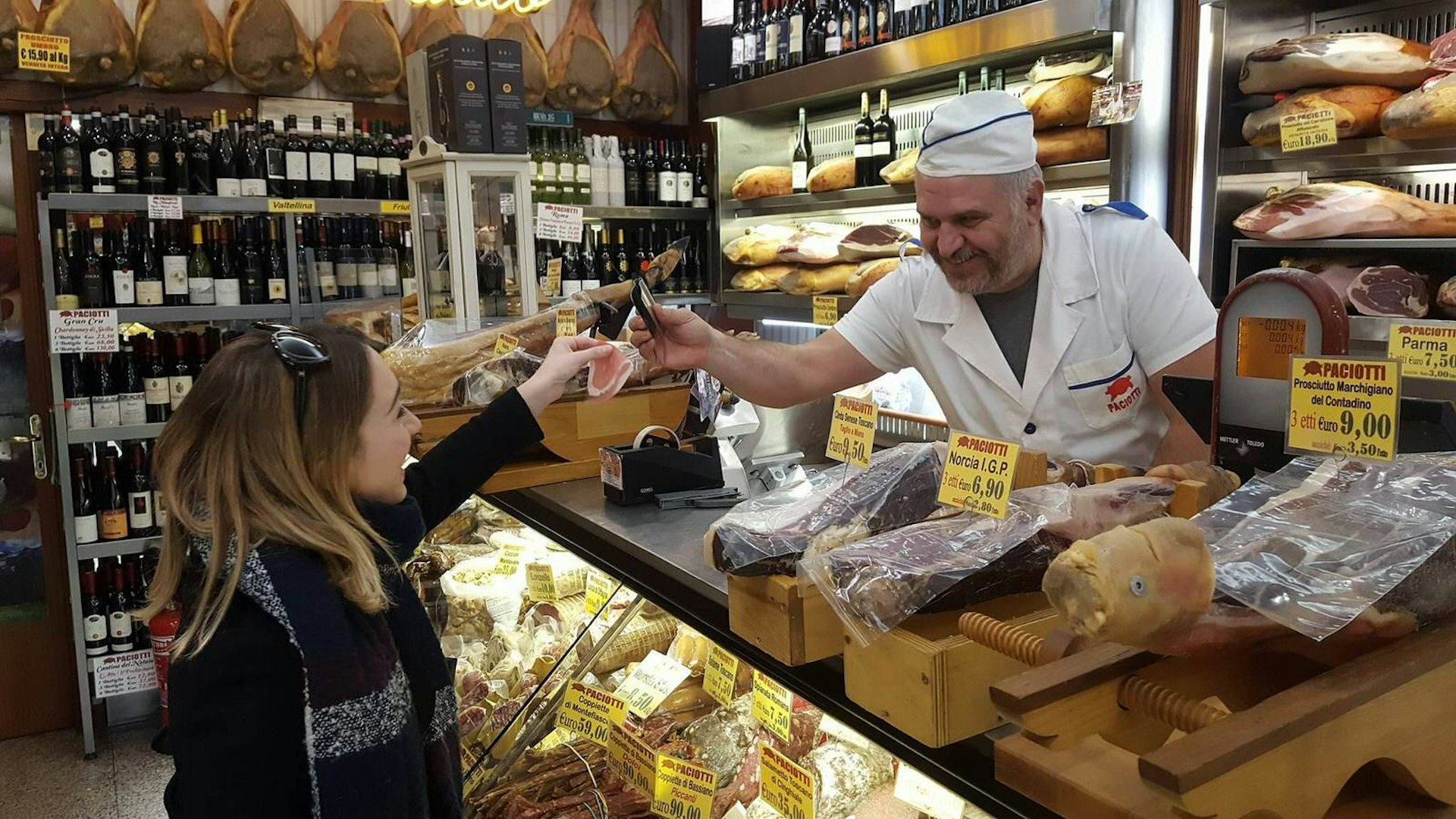
When I go shopping for family back home... I make a beeline for Paciotti Salumeria. This family-run deli sells an array of cheeses, balsamic vinegars, olive oils, truffle products, cured meats and pastas that will make any foodie go weak at the knees. For jewellery and handcrafted pieces I love Le Artigiane, a boutique where local artisans showcase their works. Next, I stop by L’Artigianino in the Trastevere district, which offers reasonably priced Made in Italy leather accessories.
Don’t leave Rome without… visiting the Pantheon. This nearly-2000-year-old beauty was first an ancient temple to the classical gods, then consecrated as a Christian church in AD 608. Architecturally, it’s known for having the largest unreinforced concrete dome in the world. If you happen to be in Rome on the Catholic holiday of Pentecost, you’ll see thousands upon thousands of rose petals fluttering down through the open oculus in the centre of the dome, a timeworn tradition meant to symbolise the Holy Spirit’s descent to earth.

A typical weekend involves... grabbing lunch at street-food spot Trapizzino, whose speciality is pizza-dough pockets stuffed with comfort food (I alternate between the polpette al sugo – meatballs in tomato sauce, and pollo alla cacciatora – stewed chicken) and then exploring a new exhibition (the Museo di Roma in Trastevere and Chiostro del Bramante are two of my go-to spaces). In the springtime, you can find me reading on a bench in Villa Doria Pamphilj or Villa Borghese. On Sundays, I wake up early and go treasure hunting at Mercato Monti.
One thing that surprised me about Rome... is that you can drink from the fountains! Fill up your bottle with water from the nasoni (literally 'big noses', a nod to the shape of the spigots), stout public outdoor fountains that gush clean, cold water. Or, block the end of the tap with your thumb and water will come out the hole on the top for a refreshing DIY drink. You’ll save money and help out the environment.
